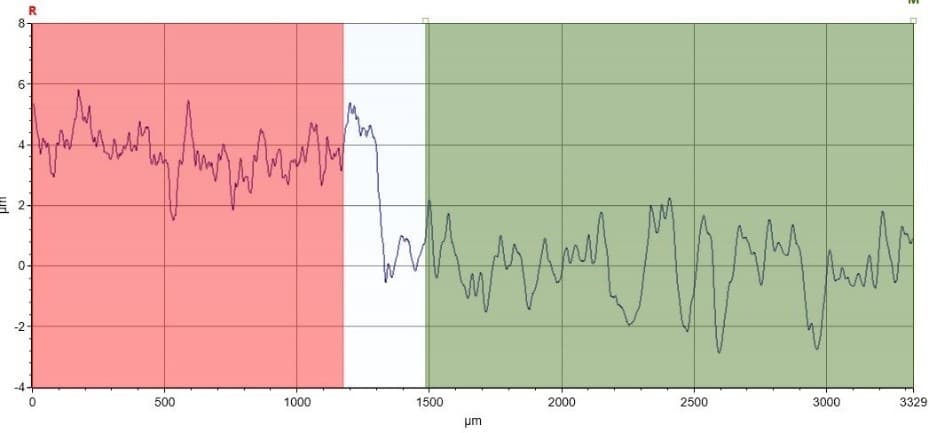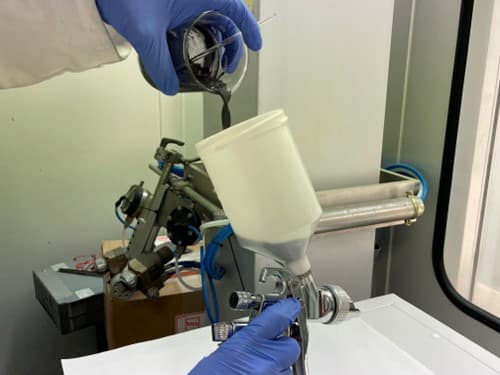What was the challenge or problem to solve?
One of the most recent process innovation projects at INFINTIA consisted of improving an industrial enamelling process thanks to induction heating. The aim was to increase the efficiency of the process and reduce energy consumption.

The challenge faced was to recreate the industrial process conditions on a laboratory scale in order to evaluate the advantages and disadvantages of each method. For this purpose, the materials team was supported by the materials team, which was in charge of carrying out the relevant quality analyses.
The results obtained were very satisfactory, as a comparison was generated between the different methods recreated, which made it possible to differentiate the improvements and losses produced by each process. It was concluded that the use of induction technology represented a significant improvement in terms of efficiency, without negatively affecting the properties of the coating and the requirements of the application.

The project began with the study of the composition and density of the enamel to be applied and its deposition on the piece. To do this, the enamel formulations were made and applied using a spray gun.
The pieces were then dried using different methods. Two options were compared: kiln drying, which is the conventional method, and drying by induction technology, which is the proposed method.

